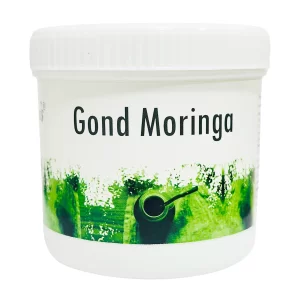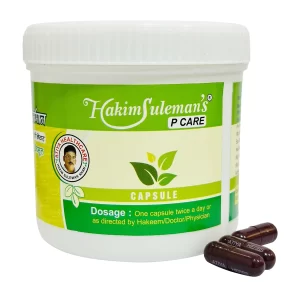Piles is indicated by inflammation or swelling of the tissues in the anal area. Internal piles are more common than external piles with a range of sizes. Internal are usually located between 2 and 4 centimetres above the opening of the anus while external occur on the outside edge of the anus.
Symptoms
- Most symptoms are not serious and they normally resolve on their own
- A hard, painful lump around the anus
- After passing stool you might feel that the bowels are still full
- Blood in stool
- The area around the anus is itchy, red, and sore
- Experiencing pain while passing stool
- Anal bleeding
- Inability to control bowel movements
Causes
- Increased pressure in the lower rectum
- Swelling of blood vessels around the anus
- Chronic constipation
- Chronic diarrhoea
- Lifting heavy weights
- Using force when passing stool
- Hereditary
- Age factors
- Pregnancy (it might cause increased pressure in the body)
Prevention and Precautions
- Include fibre in diet
- Consume high fibre foods
- Take high fibre breakfast cereals
- Low fat diet
- Avoid constipation
- Maintain good bowel habits
- Don’t hold urine and stool
- Consume at least six to eight glasses of water daily
- Avoid alcohol and caffeine containing drinks
- Be gentle to your anal region, especially while using dry toilet paper
- Maintain ideal weight
- Regular physical exercise
- Stool softeners
Lifestyle and Dietary Tips
- Take high-fibre diet
- Consume high fibre foods
- Eat cereals in breakfast
- Avoid fat
- Be physically active
- Maintain good bowel habits
- Don’t hold urine and stool
- Consume lots of water daily
- Avoid alcohol
- Keep proper weight
- Regular physical exercise
- Use wipes over toilet paper
Home Remedies
- Consume lot of water and fluids
- Eat almonds
- Include whole-grain in your diet
- Take cooked oats and barley
- Include fruits and vegetables in your diet
- Raw strawberries
- Avoid low fibre foods
- Avoid white bread
- Stop alcohol and caffeine
- Avoid foods that irritate your bowels
Our Suggestion
Showing all 2 results


